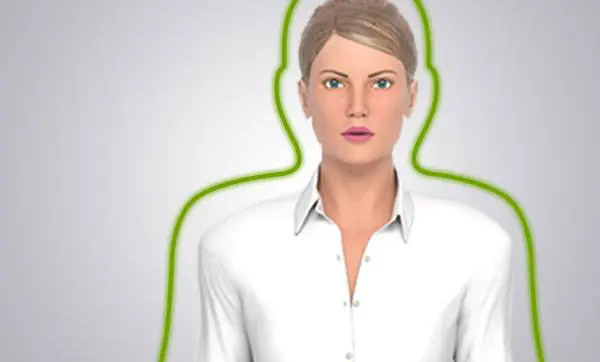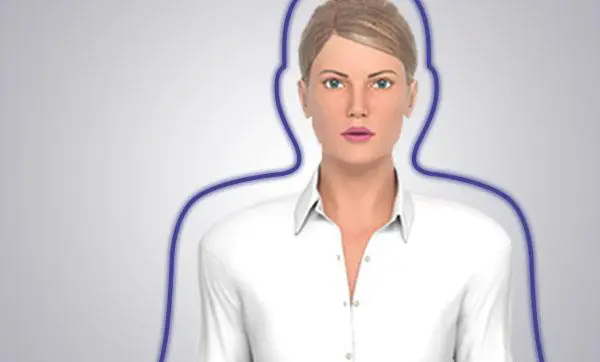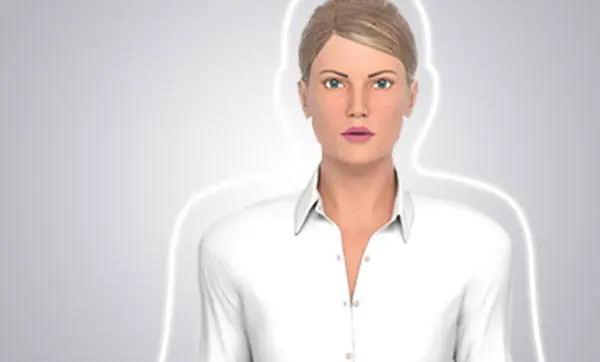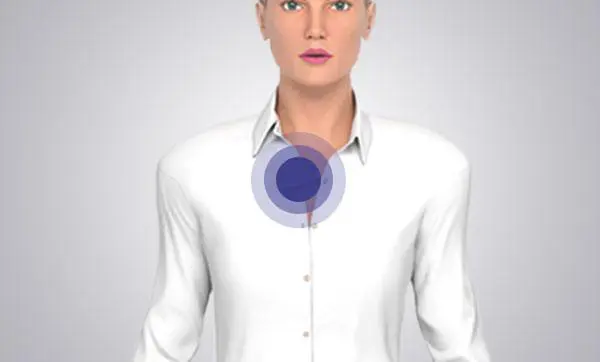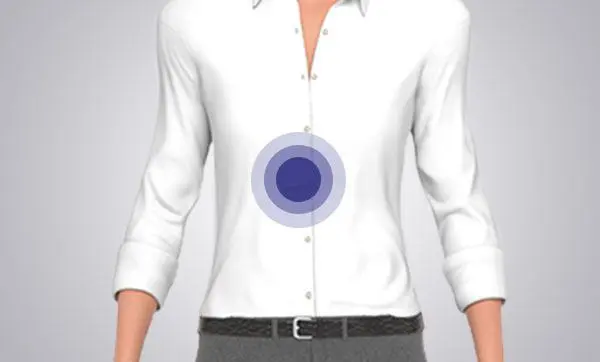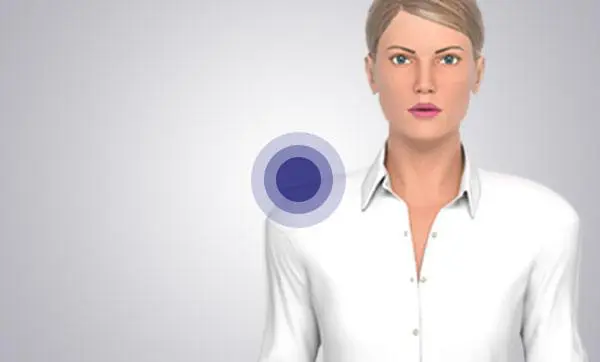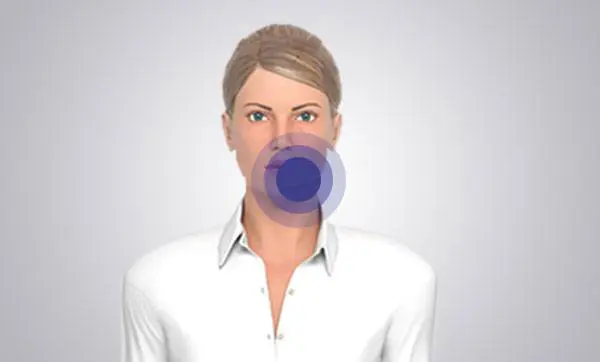How does muscle atrophy
relate to muscle diseases?
Muscle atrophy is something that can occur without any disease being present. Simply not using a muscle will result in it wasting away, a problem that can be resolved with appropriate exercise. However, in rare instances muscle atrophy may be the result of a muscle disease.
Muscle diseases can cause muscle wastage in many different ways. Some muscle diseases result in muscle atrophy due to a problem with the muscle itself that causes the muscle fibres to break down. Two examples are Becker muscular dystrophy and Duchenne muscular dystrophy, where a problem with a gene required to keep muscles intact results in both muscle weakness and severe muscle atrophy.
In some instances muscle atrophy may not be the direct result of a dysfunctional muscle. For example, polymyositis is a disease caused by the immune system attacking muscle cells, which can result in both muscle weakness and atrophy. However, unlike in Becker and Duchenne muscular dystrophies, muscle atrophy is not a primary symptom of the disease.
Muscle atrophy signs and symptoms include:
- A limb noticeably smaller than others
- Reduced size associated with weakness
It is crucial to remember that the most common reason for muscle atrophy is muscle underuse, and the likelihood of a muscle disease being the underlying cause remains rare. Muscle atrophy that occurs in muscle disease will often be accompanied by other symptoms, so you may want to consider if you recognise any of these. If you are concerned about your symptoms, arrange an opportunity to speak with your doctor.
SYMPTOM LIST
MUSCLE DISEASES
A broad set of diseases can affect the proximal muscles.
Read some examples and learn about how they relate.
Create your symptom report
Understanding your symptoms and how they might relate can be an important part of working towards a diagnosis with your doctor.
Take our questionnaire to find information that is relevant to you and create a tailored report that you can use to discuss your symptoms with your doctor.

